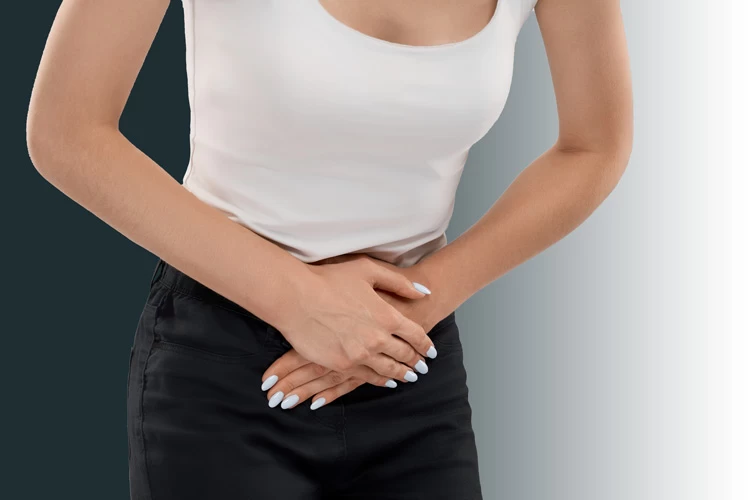The best countries for surrogacy may differ in laws, costs, and medical quality. The USA and Canada are known for advanced infertility clinics and legal protection, though costs are high and Canada only allows altruistic surrogacy. In Europe, Ukraine, Georgia, Greece, and Russia provide clear laws and affordable options. Iran is recognized as the most affordable and culturally accepted surrogacy destination in Asia, offering modern IVF clinics and strong legal guidelines. Jordan also appeals to married Muslim couples with low costs.
Surrogacy in Islam is a debated topic with different views among scholars. Most Shiite scholars allow it under certain rules, like using the couple's own sperm and egg and avoiding any forbidden contact. They also emphasize having a fair contract. In contrast, many Sunni scholars oppose surrogacy due to worries about confusion over family lineage and moral issues. Generally, Islamic law recognizes the biological parents as the legal parents, and the surrogate has no rights to the child.
Surrogacy laws in India have undergone significant changes in recent years. Once known for affordable options, India banned commercial surrogacy in 2022 due to ethical concerns and the exploitation of vulnerable women. Now, only altruistic surrogacy is allowed, which is limited to married Indian couples who cannot conceive naturally. The surrogate must be a close relative, married, between the ages of 25 and 35, and have had at least one successful pregnancy. Foreigners, single individuals, and same-sex couples are not eligible for surrogacy in India, and only medical and legal expenses can be covered.
Surrogacy in the United States is a widely used method for infertility treatment but comes with legal, financial, and ethical complexities. There is no nationwide surrogacy law, and rules vary from state to state—some states fully support surrogacy, while others ban it entirely. The surrogacy process involves working with agencies, legal contracts, and high medical costs, often ranging from $70,000 to $150,000, making it one of the most expensive options worldwide. In contrast, countries like Iran offer more affordable and legally structured surrogacy options.
Surrogacy laws are very different around the world. Some countries, like Iran, the United States, Ukraine, and India, allow surrogacy but have different rules. Other countries, such as France, Spain, Italy, Saudi Arabia, and the UAE, completely ban surrogacy due to religious or legal reasons. In the UK, surrogacy is allowed but only if it’s not for profit, and parents need court approval for their rights. Because of these differences, many people look for infertility treatment in Surrogacy legal countries for foreigners.
An ovarian follicle is a fluid-filled sac in the ovaries that contains one or more immature eggs. These sacs, including antral follicles, play a critical role in a woman's reproductive cycle. Several follicles, including antral follicles, start to grow at the beginning of each menstrual cycle. However, typically only one follicle reaches the point of ovulation, releasing a mature egg.
The irregular period is an issue that affects nearly all women throughout their lifetime. This situation occurs when the time interval between menstrual cycles is more or less than the normal limit. While this is considered completely normal in some cases, like the first cycles after puberty or the last cycles preceding menopause, it might be an indicator of an underlying health condition in other cases.
Dysmenorrhea is a common condition that affects many women and can be caused by various factors such as hormonal imbalances, uterine fibroids, or conditions like endometriosis. It typically lasts about 48 to 72 hours, until hormone levels in the body drop to zero around day 3 or 4 of the period. Treatment for dysmenorrhea may include pain relievers, certain home remedies, and other interventions to help manage the pain.
Dilation and curettage (D&C) is a common gynecological procedure used to extract tissue from the interior of the uterus. This common procedure is commonly performed to address conditions such as heavy bleeding, incomplete miscarriage, and or to remove polyps or fibroids from the uterus. While D&C is generally considered safe and effective with a quick recovery time, there are potential risks and complications, including infection, bleeding, and, in rare cases, cervical damage.
Intrauterine adhesions, also known as Asherman Syndrome, are bands of scar tissue that form inside the uterus. This condition can occur as a result of surgeries such as cesarean sections, dilation and curettage (D&C) procedures, or infections. Intrauterine adhesions can lead to a variety of fertility issues in women.









